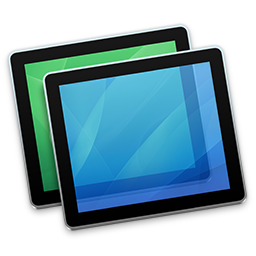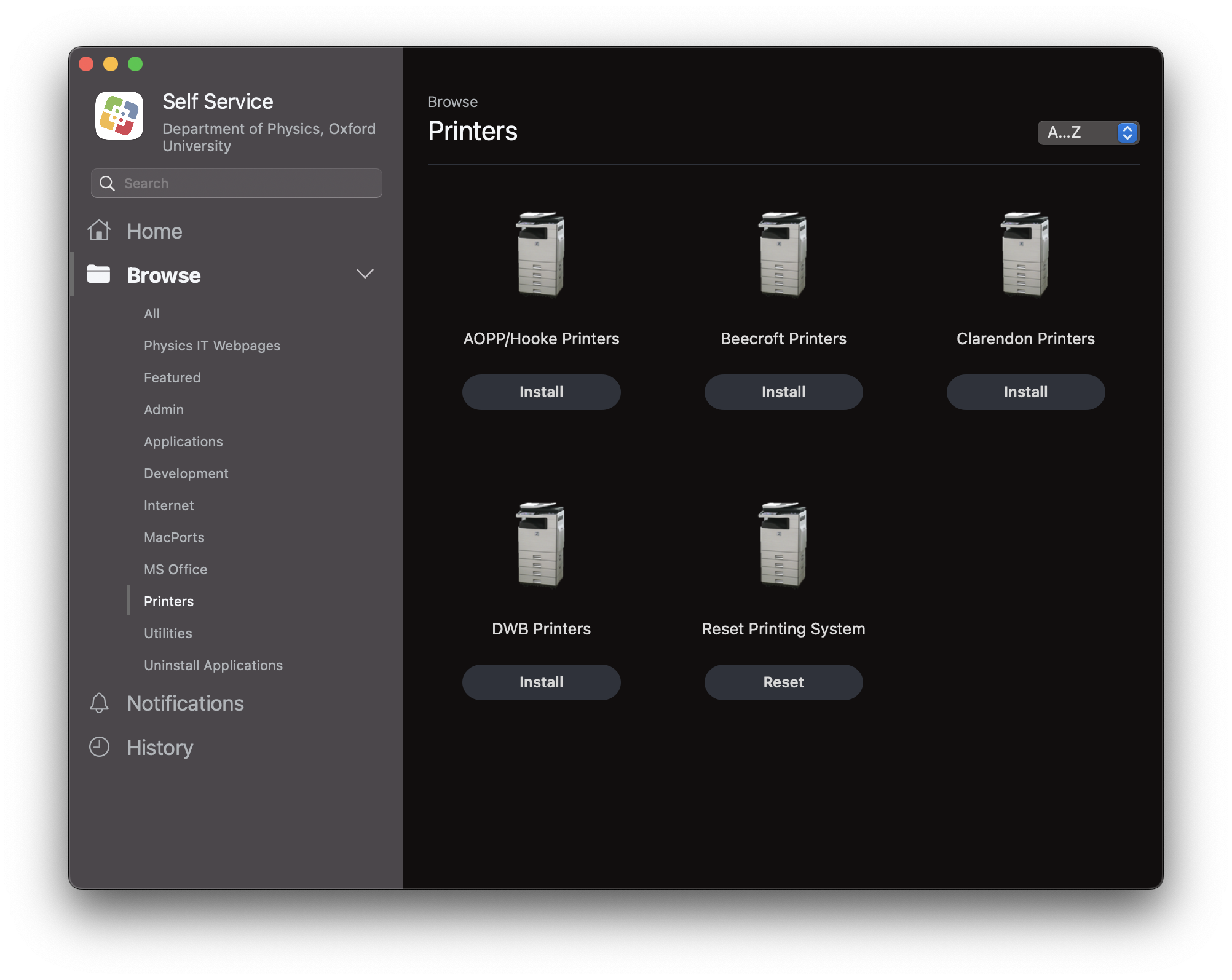Astrophysics
The Astrophysics sub-department mainly uses Apple Macintosh Systems and have access to several cluster computers for users with high-performance computing needs.
Categories: Astrophysics

All macOS Apple desktop systems have Apple Screen Sharing enabled which allows you to remotely access a Apple desktop system environment.
Open a ssh tunnel via the ssh gateway on port 5900 before you can connect to the systems. This no longer work through the Physics VPN.
Categories: Apple | Astrophysics | Mac | Remote Access | Theory | VNC
Astrophysics Desktop systems will be managed by IT support staff wherever possible but in a few cases permission may be given for a user to manage their own system where a real technical need has been demonstrated. To ensure the security of the departmental network and reliability of services offered to other staff and students, it is essential that any such system be reconfigured.
Categories: Astrophysics | Policy
Centrally managed machines and sharp printers
Centrally managed machines can connect to printers using lpd, which we have found to be more reliable than Samba for all printers except SharpHold.
Note: For SharpHold, please use the "Samba" instructions below.
Categories: Astrophysics | Linux | Printing | Theory
The MacPorts Project is an open-source community initiative to design an easy-to-use system for compiling, installing, and upgrading a wide range of Free and Open-Source Software on macOS. A Physics MacPorts Build is installed on the majority of the Apple desktop systems or it can also be installed via the Self Service application. This will install a common set of software that is used in the Physics Department.
Categories: Apple | Astrophysics | Mac | macports | python
The Physics file servers either run Windows, Linux or Apple operating systems for Home and Group areas. File servers can only be access via the SMB protocol. If you are not sure which file server your home area is on email itsupport@physics.ox.ac.uk
Categories: Apple | Astrophysics | File Sharing | Mac | Services | Theory | dfs | home directories
macOS Fortigate VPN
The Fortinet client is available to download from the physics self service app. Once installed the configuration details can be found here.
All devices connecting to the Physics network this way MUST be running a supported version of macOS and have all application and operating system updates applied, running a Firewall, running Antivirus Software - with up to date virus definitions and running Spyware detection.
Categories: Apple | Astrophysics | Mac | Remote Access | Theory | VPN
Public printers in the Physics Department are set up via print servers. All the public Sharp printer-copier-scanner devices are on their own print server called PCOUNTER2.physics.ox.ac.uk and all the other printers are via PRINTSERVERX64.physics.ox.ac.uk for 64 bit operating systems.
Categories: Astrophysics | Laptops | Printing | Theory | Windows
Categories: Astrophysics
Note: Printing is NOT accessible via the eduroam wireless network. To print from a wireless device you will need to connect to Physics_S
To add a set of printers to your Mac, open self-service and click on the printers tab:

Categories: Apple | Astrophysics | Mac | Printing | Theory


